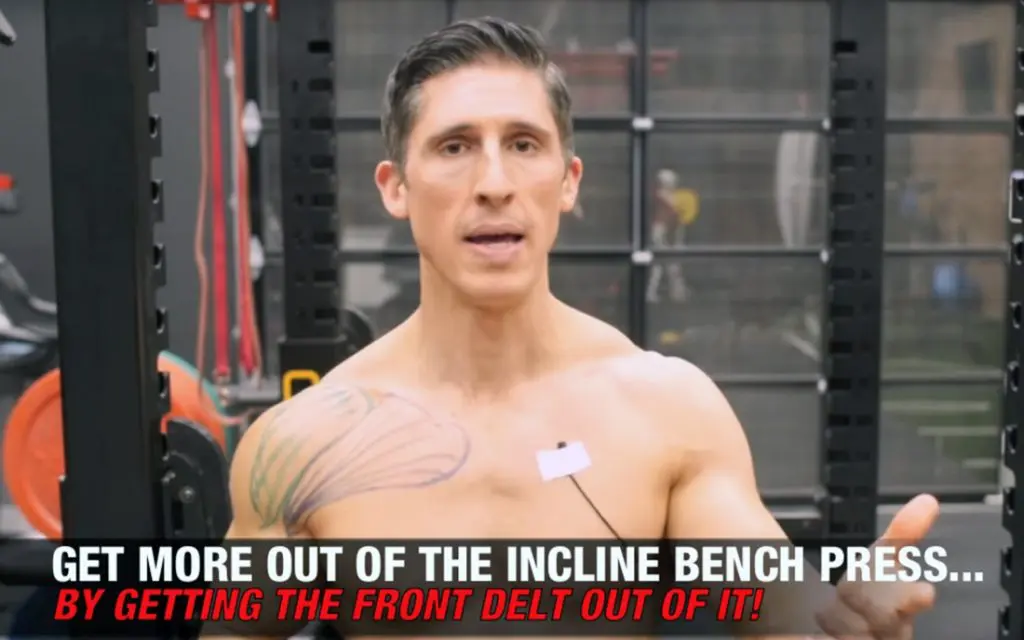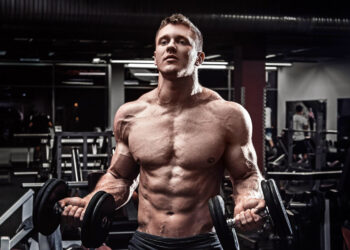Heavyweights naturally help with muscle building but ignoring your form and placing all the focus on lifting more weights is one of the most common mistakes that many peoples make when they hit the bench press.
The incline bench press is one of the most popular exercises for building your upper chest. That said, it is one of the most commonly misperformed exercises around. In the following video, Jeff Cavaliere show you the two most common bench press mistakes made on this exercise that is holding you back from seeing the gains in your upper chest that you would like to see.

To start, you have to understand the anatomy of the upper chest region. The front deltoid and clavicular portion of the pec major are very close together and can tend to interfere with the action of one another if you allow it. It goes without saying that the front deltoid gets lots of work from not just shoulder workouts and exercises but as an assistant on many chest and pushing exercises.
This causes the front delt to become almost too active, especially during exercises that we are trying to stress the upper chest. The incline bench press is a perfect example of this. In order to get the front shoulder to do less of the work and allow the pecs to do more, you have to first get the angle of the incline bench press correct when you do the exercise. This is one of the most common errors I see every time I go to the gym.
Level Up Your Fitness: Join our 💪 strong community in Fitness Volt Newsletter. Get daily inspiration, expert-backed workouts, nutrition tips, the latest in strength sports, and the support you need to reach your goals. Subscribe for free!
The correct angle of the incline bench should be 30 degrees from flat. This may seem like a minuscule angle, but it is the optimal angle for placing the strain on your upper pecs and minimizing the effect on the front delts. Many people will stay much too upright when performing this chest exercise and efficiently wind up hitting their shoulders much too much. If you realize that a completely vertical position (90 degrees elevated) would hit your shoulders primarily and that an entirely flat position would hit your mid chest, you understand how much room you have to lower the bench before it hits the upper pecs.
The next thing that this position does is actually place your shoulders back in a position where they can be less dominant in the press and put your pecs at the center of the action. Gravity helps to position the shoulders down and back but you do need to actively contract your shoulder blades as well to ensure that this happens. You will see in the video how much easier it is for the chest to be in a position of power and therefore increase their contribution to the incline bench press. This, over time, will lead to greater chest muscle growth, particularly in the upper chest.
Keep in mind bodybuilding is much more than simple weight lifting. Before you hit the gym, learn how to perform the exercises with proper form & techniques. Watch the following video of Athlean-X explains the two most common mistakes people make on the incline bench press.
Let us know what you think in the comments below!








